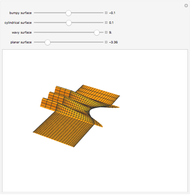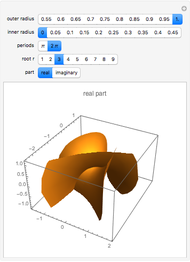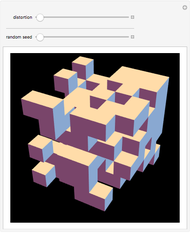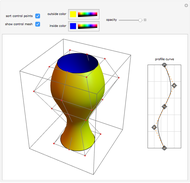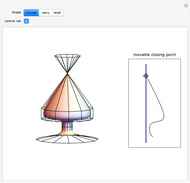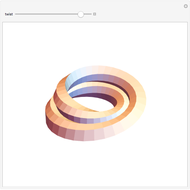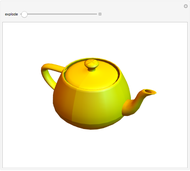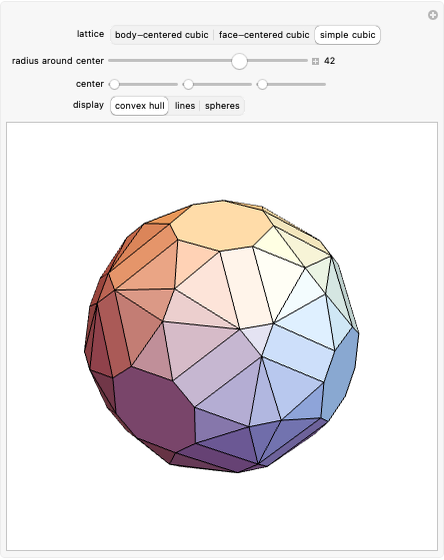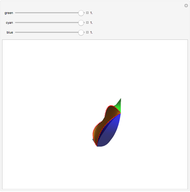Combination of Triangular Patches

Requires a Wolfram Notebook System
Interact on desktop, mobile and cloud with the free Wolfram Player or other Wolfram Language products.
The triangular surface patch (shown in the middle) is defined by three input patches, each fitting one boundary curve. By changing the shapes of the constituent parts, the shape of the resulting patch will change, while its boundary curves remain fixed.
Contributed by: M. Szilvasi-Nagy (March 2011)
Open content licensed under CC BY-NC-SA
Snapshots
Details
This surface construction generates a triangular patch from three triangular patches by combining them with rational quadratic functions. One boundary curve of each given patch forms the side of a curvilinear triangle, which is interpolated by the resulting patch. In the algorithm used, the resulting patch joins to the constituents with  contact, preserving tangential continuity.
contact, preserving tangential continuity.
References:
M. Szilvasi-Nagy, "Filling Triangular Holes by Convex Combination of Surfaces," Per. Pol. Mech. Engrg., 47, 2003 pp. 81–89.
M. Szilvasi-Nagy and I. Szabó,  -Continuous of Coons-Type Blending of Triangular Patches," KoG, Information Journal of Croatian Society of Constructive Geometry and Computer Graphics, 9, 2005 pp. 29–34.
-Continuous of Coons-Type Blending of Triangular Patches," KoG, Information Journal of Croatian Society of Constructive Geometry and Computer Graphics, 9, 2005 pp. 29–34.
M. Szilvasi-Nagy and I. Szabó, "Generalization of Coons' Construction," Computers & Graphics, 30, 2006 pp. 588–597.
Permanent Citation






